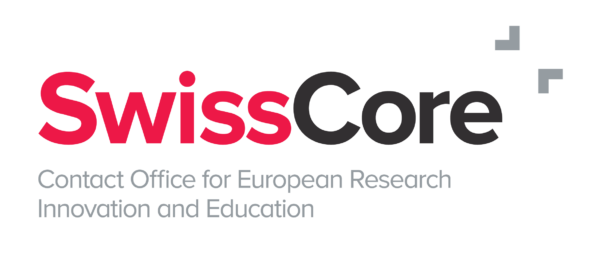Virtual exchanges in higher education can become a valuable complement to in-person international mobility.
In the wake of progressing digitalisation and the shift of many activities from the physical to the virtual world due to the pandemic, virtual and blended exchanges have gained in importance. The current Erasmus+ programme generation (2021-2027) includes a multitude of possibilities to conduct exchanges virtually. In particular, it is noteworthy, that all learning mobility projects can be conducted as a blended exchange: A stay abroad can for example be preceded by a virtual workshop; or virtual activities can improve the reintegration process of students post-mobility. The same holds true for higher education (HE) staff as well.
These novelties can draw on the experiences made with the pilot Erasmus+ virtual exchange programme (EVE). The 2020 impact report of the EVE programme gives clear recommendations and important learnings for future virtual exchanges. The EVE pilot ran from 2018 to 2020 and reached over 28’000 young people and 5’000 facilitators. EVE were structured virtual meetings intentionally geared toward strengthening soft skills and intercultural competences. Similar to a non-formal learning approach, the young people were guided and supported by trained facilitators in their virtual exchanges. The report highlights the critical role of these facilitators in achieving the expected learning outcomes by leading the dialogue sessions and by creating safe spaces for participants. The statistics show that participating in EVE increased young people’s self-esteem, curiosity and intercultural communication skills. Following a virtual exchange, 80% of participants stated that they were interested in more intercultural encounters and in-person exchanges abroad. The impact report lastly recommends that any future virtual exchange programmes should be supported by facilitators and a quality control system.
Blended and online learning and exchange are very likely to stay and to be continued in many way even after the pandemic. A survey by the European University Association (EUA) on the impact of COVID-19 on European higher education (including data from Switzerland) supports this as over 90% of respondents agreed with this assessment.
The European Students’ Union (ESU) and the Erasmus Student Network (ESN) also agree that virtual exchanges are a welcome addition to learning internationally. However, they caution that it has to be done right. In a joint position paper they address the challenges: While digital learning and virtual exchanges can and do increase students’ motivation to learn, they should not be a substitute, a cheaper alternative, to physical exchange. In-person stays abroad provide a cultural immersion and an everyday cultural life experience that cannot be replicated online. Therefore, they argue that funding for virtual exchange should not be taken from the same budget as physical exchanges. Statistics regarding participants in virtual exchanges should also be recorded separately due to their different nature. The paper further makes the case for virtual and blended exchanges to be used as a stepping stone for further mobility later in the studies. However, in order to make this work the higher education institution has to carefully create pathways and strategies from virtual or blended short-term experiences to long-term stays abroad later in the studies. If this is done right, these new pathways can bring students to exchange programmes who would usually not be able or interested to go abroad. Lastly, while virtual exchanges have their limitations when it comes to deep cultural immersion, they have the potential to strengthen new types of competences such as digital literacy and communication skills, creativity and flexibility. As they are a new element of the current Erasmus+ programme generation, the upcoming evaluations (mid-term in 2024) will provide insights into their impact.

